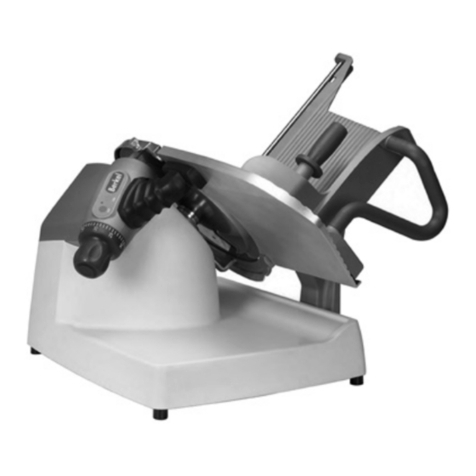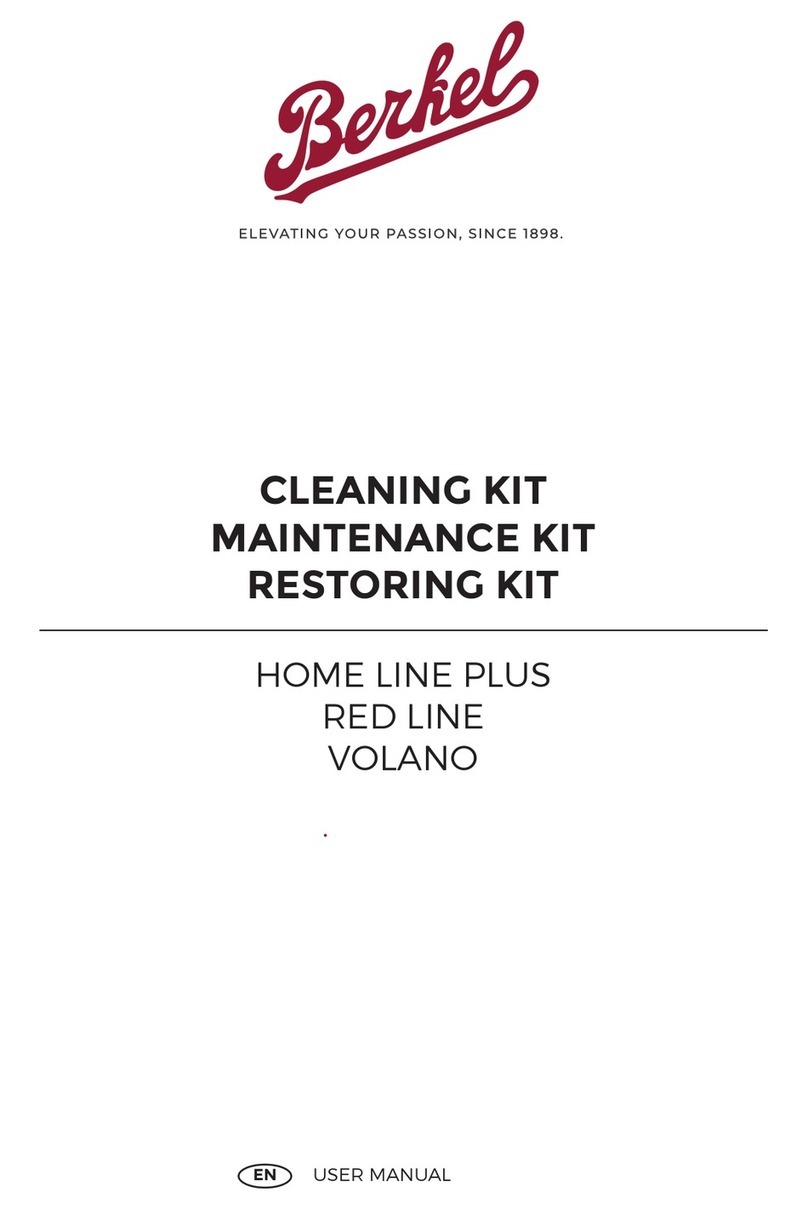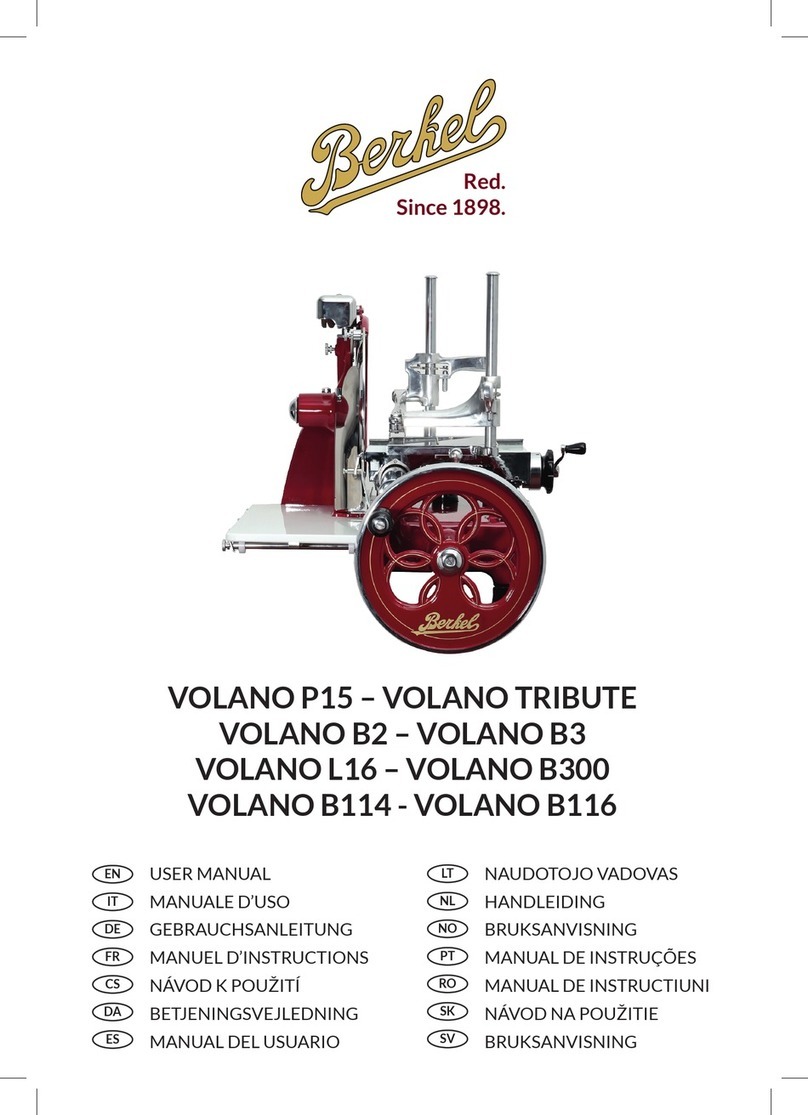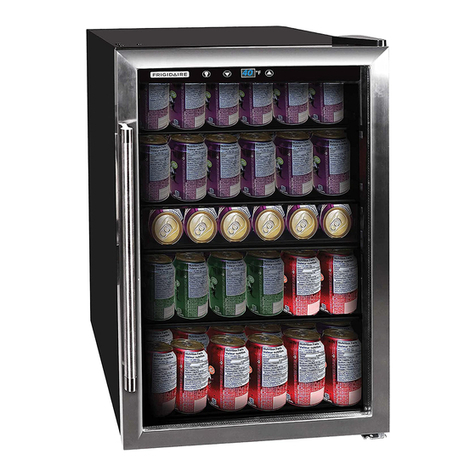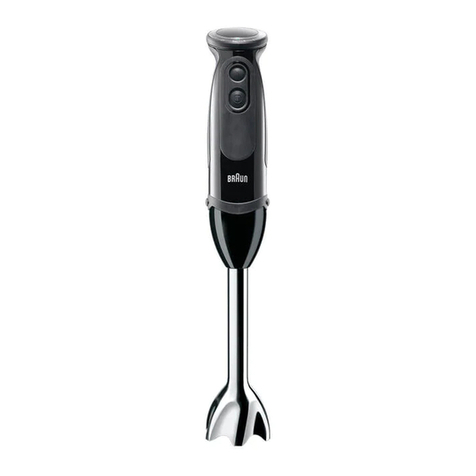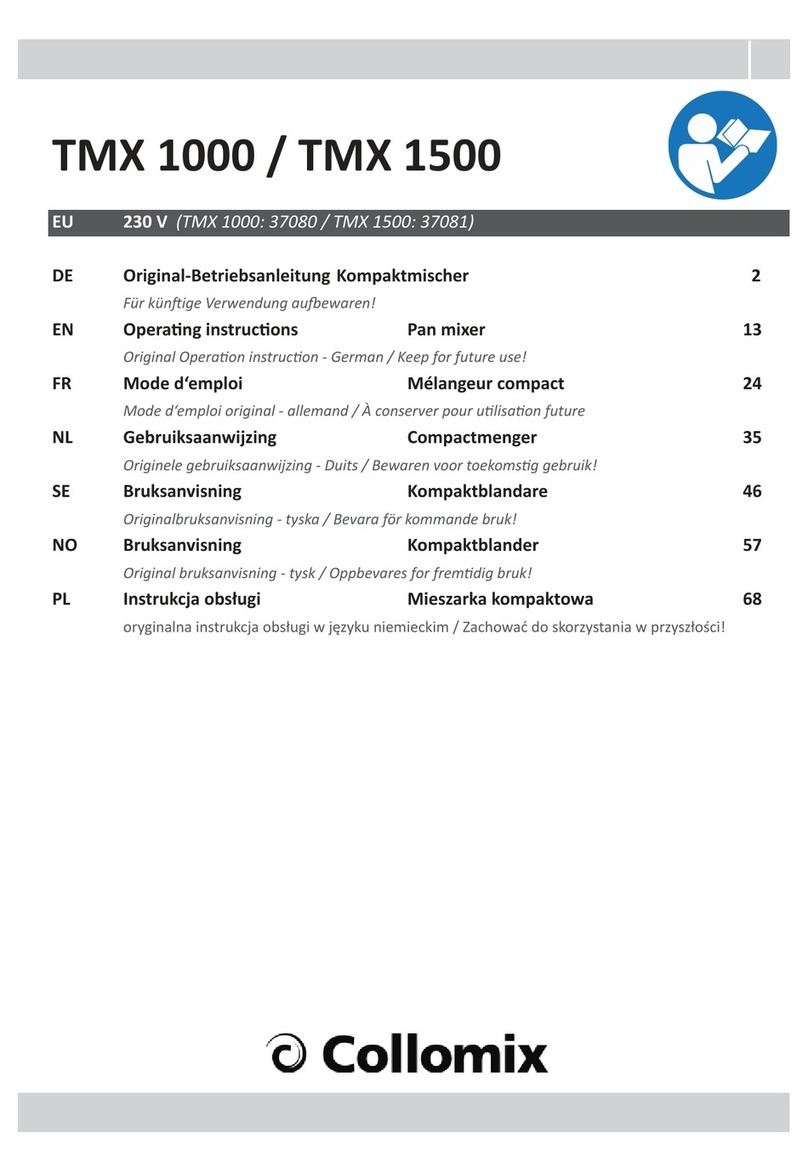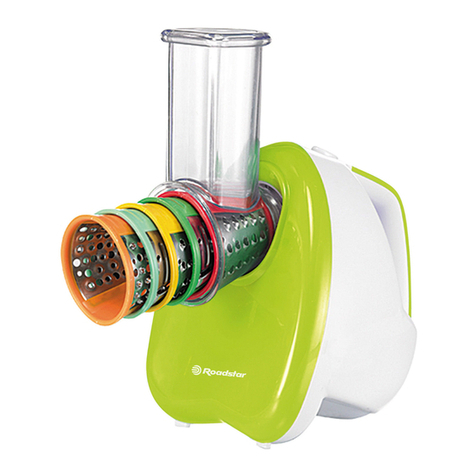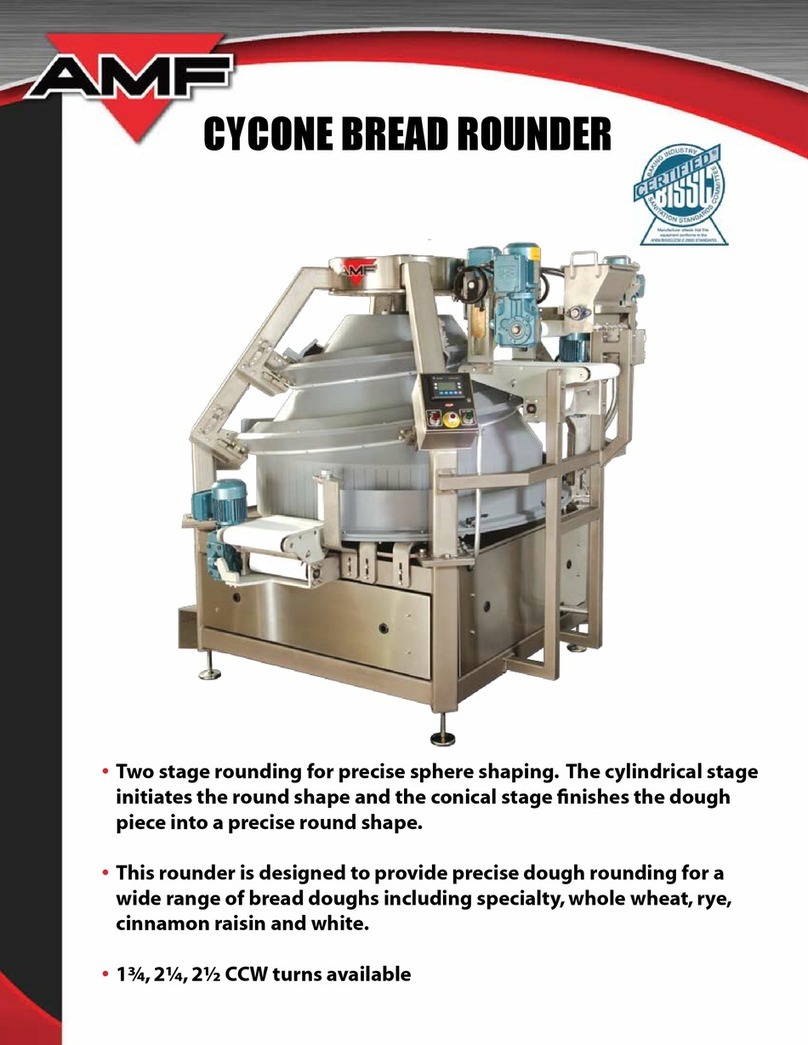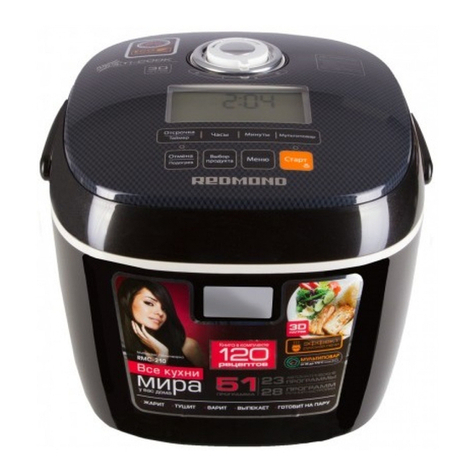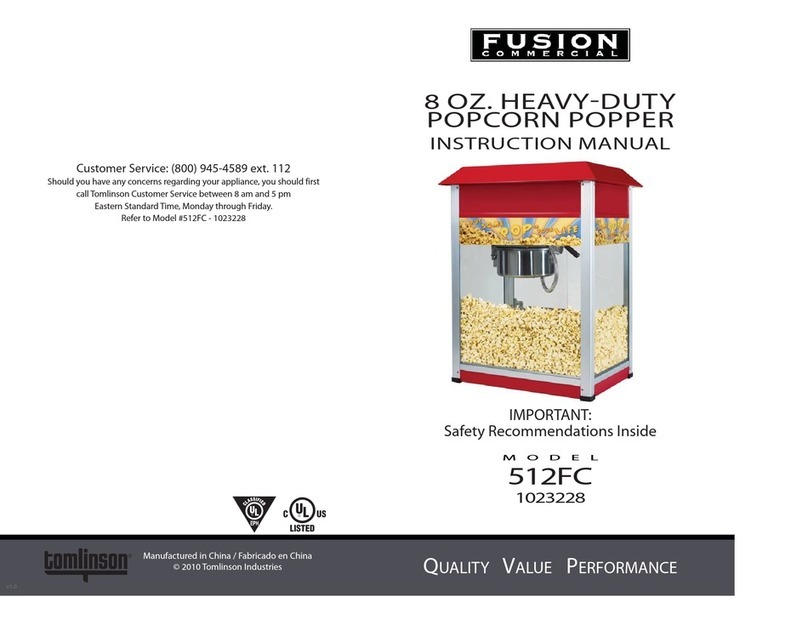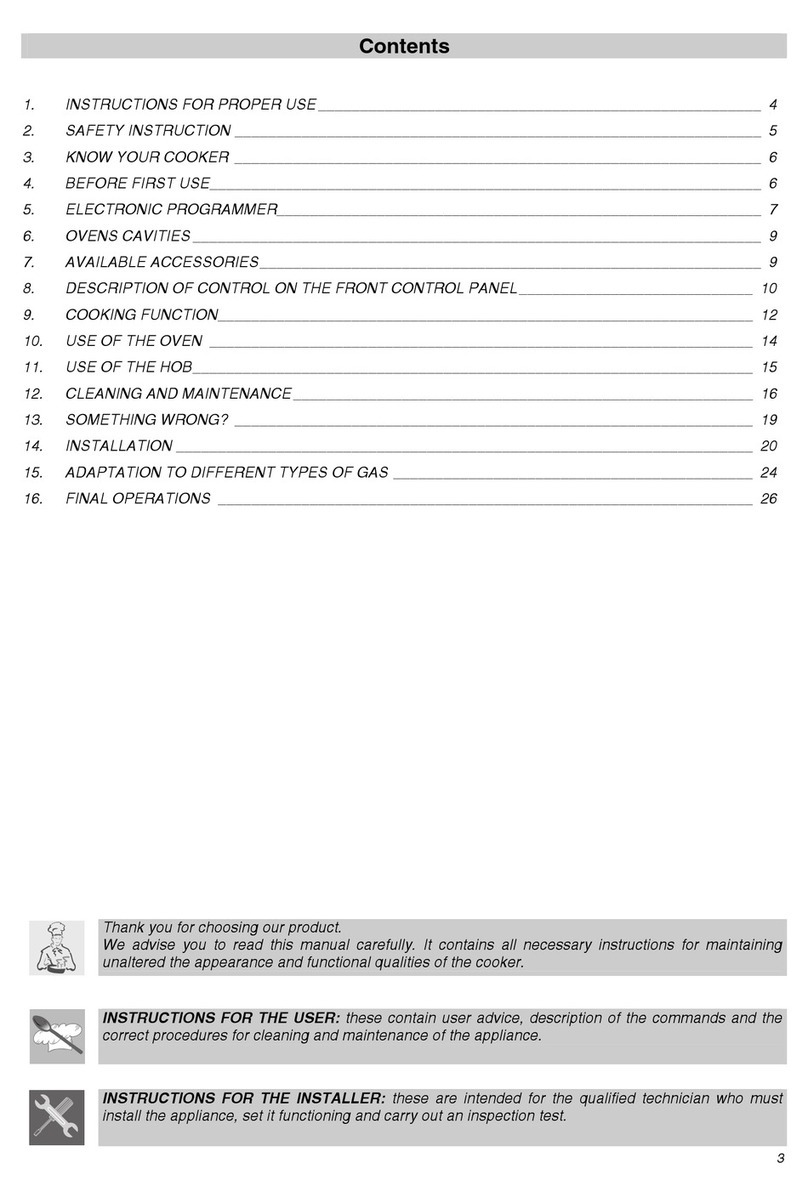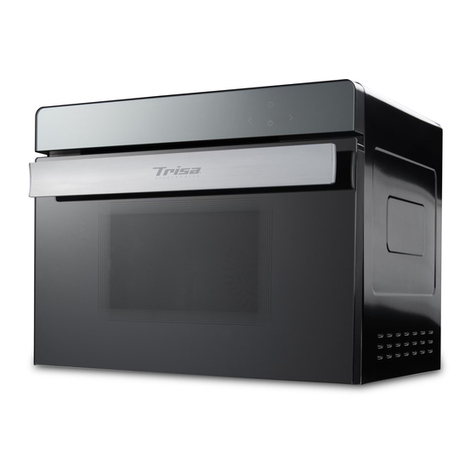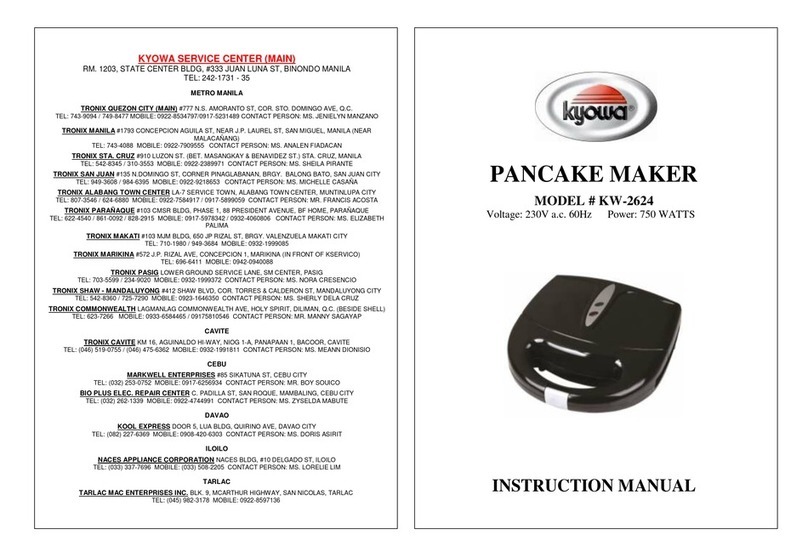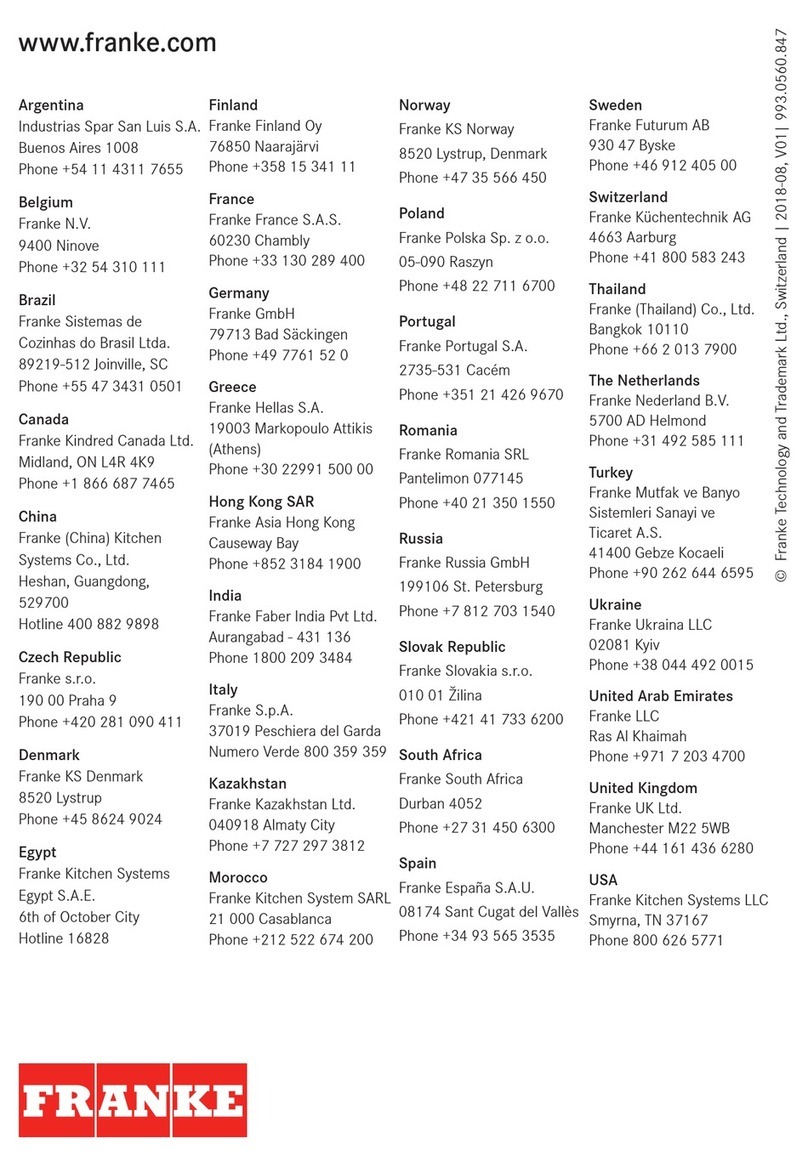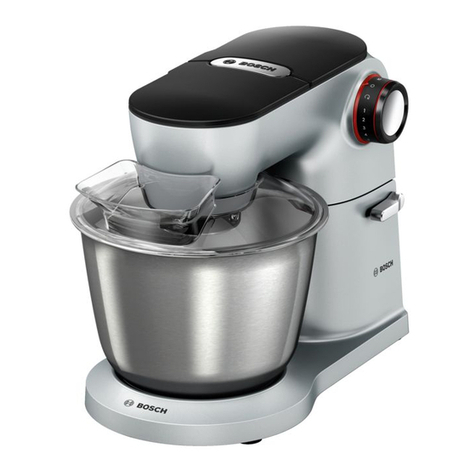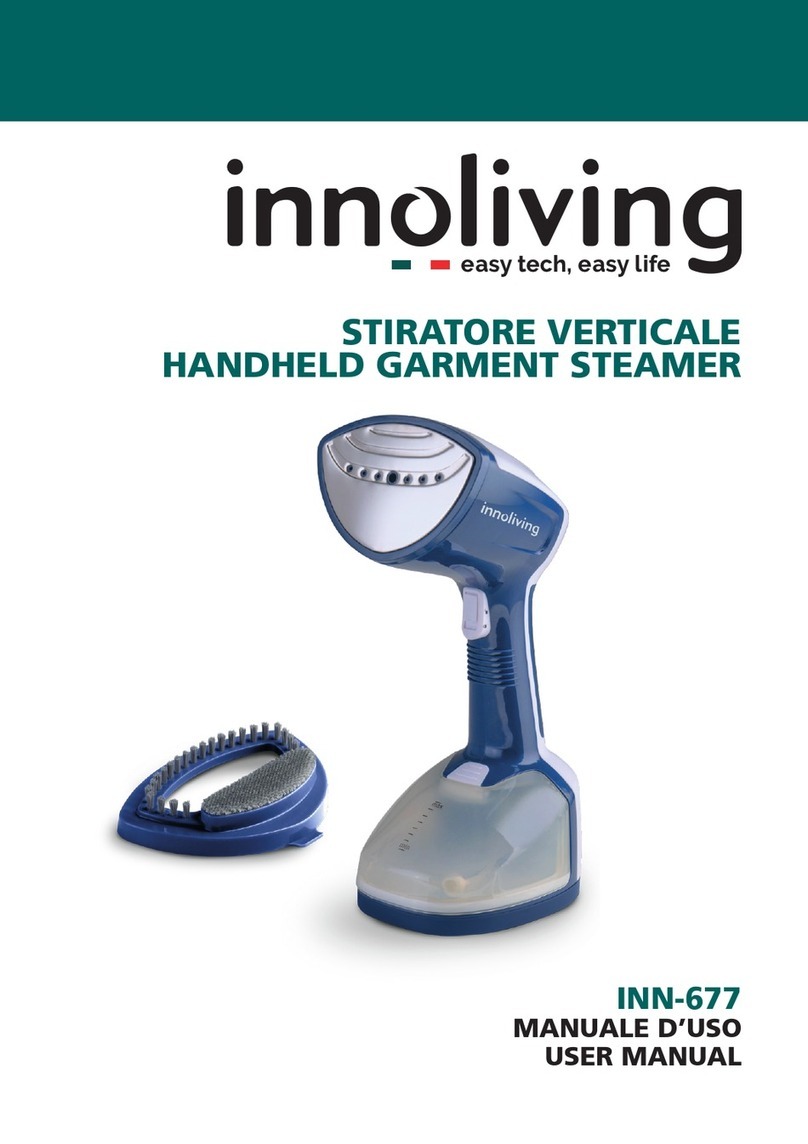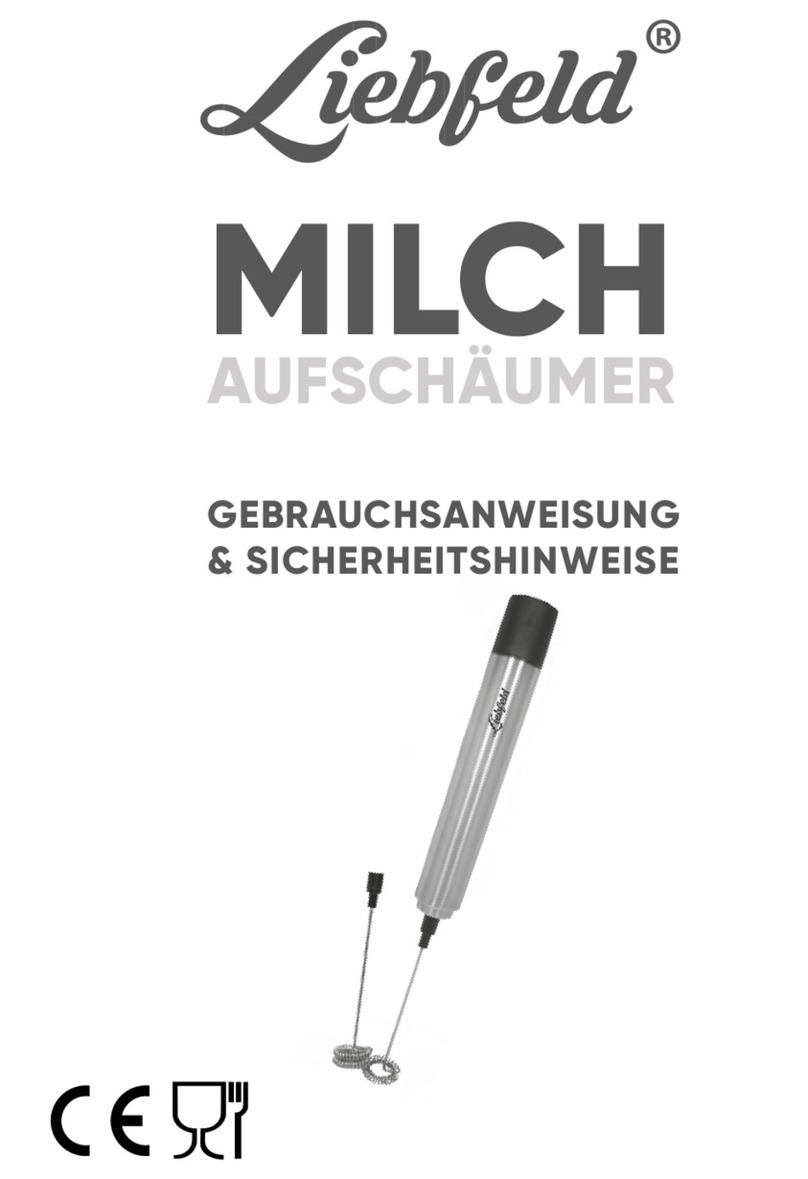Berkel 250 User manual

BK45768 (07-13)
(Model with New Vacuum Sensor)
Berke/
VACUUM PACKAGING MACHINE
MODEL 250
OWNERS MANUAL
1


IMPORTANT SAFETY INSTRUCTIONS
SAVE THESE INSTRUCTIONS
& This symbol points out important safety instructions which,
if
not followed, could
endangerthe personal safety and/orproperty
of
yourselfand others. Read and follow
all instructions in this manual before attempting to operate your machine.
Failure to comply with these instructions may result in personal injury.
General Operation
• Read, understand, and foll
ow
all instructions in the manual and on the machine before
starting. Keep this manual in a safe place forfurther and regular reference and for ordering
replacement parts.
• Only allow responsible individuals familiar with the instructions to operate t
he
machine. Be
sure to know controls and howto stop the machine quickly.
• Never put your hands near moving parts.
• Only allowqualified individuals
for
the maintenance
of
your machine.
• Remove all obstacles, which may interfere with the machine functions.
• Clear thework area such as electrical wires, buckets,
kn
ives etc.
•
Be
sure that everyone else is clear
of
yourwork area before operating the machine.
• Do not sit nor stand on the machine.
• Always turn
off
the machine afteryour work is done. Never leave a running machine
unattended.
• Always disconnect and wait till the machine has cooled before attempting any
ma
intenance.
• Do notwear loose fitting clothes orjewellery as they may get caught in moving parts
of
the
machine.
• Always wearsecurity shoes, to prevent injury caused by moving the machine or objects
falling from the machine.
• Neverexceed the time limit to seal,which is recommended by the manufacturer. This is to
avoid any damage that may be caused to the sealing bars and to eliminate the risk
of
fire in
the
machine. Thus avoiding corporal burns.
• Never touch the sealing bars afterthey have been used, this will avoid corporal burns.
Wait
a few minutes to letthe machine cool down before touching.
• Always make sure that the sealing bars are well installed in their"Guide Blocks" before
starting a cycle.
• Never incline the machine more than 30 degrees, it may tip over and hurt someone
seriously.
•
Work
only in daylight or good artificial light.
Do
not
operate the machine while underthe influence
of
alcohol
or
drugs!
3

Service
• Use propercontainers when draining the oil. Do not use food
or
beverage containers that
may mislead someone into drinking from them. Properly dispose
of
the containers,
or
store
in a safe place immediately following the draining
of
the oil.
• Priorto disposal, determine the proper method to dispose
of
waste from your local office
of
Environmental Protection Agency. Recycling centers are established to properly dispose
of
materials in an environmentallysafe fashion.
Do
notpour oil
or
otherfluids into the ground, down a drain
or
into a body
of
water.
J1\
Warning-Yourresponsibility:
This machine should only be operated by personal
who
can read, understand and respect
warnings and instructions regarding this machine in the owners manual. Save these
instructionsforfuture reference.
INSTALLATION NOTICE FOR MODELS:
250, 300, 350, 350D, 380 & 450T
IN ORDER
TO
RESPECT NSF REGULATIONS:
The table, on which the machine has to be installed, should be
of
open frame type, to avoid dirt
accumulation, and to alloweasy cleani
ng
underthe machine.
4

II
111
IV
VACUUM PACKAGING MACHINE
MODEL 250
(MC-40)
GENERAL TABLE
OF
CONTENTS
OPERATION INSTRUCTIONS
MECHANICAL
A-
250:front
view assembly drawing.
B- 250: rear view assemblydrawing
C- 250: front panel assembly
D- Seal bar assembly drawings (twin seal)
E- Seal bar assembly drawings (electrical bag cut option)
F- 250: cover assembly drawing
G- 250: upperseal bar assembly drawing
ELECTRICAL
A- Electrical drawings
PNEUMATIC
A- Pneumaticdrawing
5

VACUUM PACK.AGING MACHINES-OPERATION
INSTR
UCTIONS
TABLE OF CONTENTS
1. Setting up the machine
2. Electrical connection
3. Operation
3.1
Working principles
3.2 Special packaging
3.2.1 Gasflushing
3.2.2 Electrical bag cut (optional)
3.3 Vacuum packaging operation
3.3.1 Basics
3.3.2 Functions menu
3.3.2.1 Create a program
3.3.2.2 Delete a program
3.3.2.3 Select oper
at
ing mode
3.3.3 Programs menu
3.3.3.1 Program identification
3.3.3.2 Vacuum time setting (sensordisabled)
3.3.3.3 Vacuum level setting (sensor enabled)
3.3.3.4 Vacuum plus time setting (sensor enabled)
3.3.3.5 Gas ti
me
setting (sensor disabled)
3.3.3.6 Gas flush level setting (sensorenabled)
3.3.3.7 Sealing time setting
3.3.4 Vacuum cycle execution
3.3.5 System monitor
3.4 Daily cleaning
4. Trouble shooting
4.1 Failure during a packaging cycle
4.2 Insufficient vacuum
4.2.1 Leakage in
the
bag
4.2.2
No
leakage in the bag
4.2.3 Insufficient vacuum in the chamber
4.3 Faulty seal
4.3.1 Insufficientseal
4.3.2
No
seal
4.3.3 Permanent sealing current
4.3.4 Seal does not stick
4.4 Fault in the valves
4.5 Control board failure
5. Regul
ar
maintenance 2010-08-30
6

VACUUM PACKAGING MACHINES
1. SETTING
UP
THE MACHINE:
Beforechoosing thesite
for
the machine,please considerthatyou will also need room
for
packaged and non-packaged products apart from the space needed
for
the
machine itself.
Keep in mind that the machine must not be set up upon uneven ground. Especially
with mobile models,theweight
of
the pump mightthen causewarping
of
themachine.
Then the lid will notfit correctly.
Before starting to work, check the oil view glass on the pump,
if
there is a sufficient
quantity
of
oil in the pump. Never use oil other than recommended by the producer.
Neverexceed maximum quantity
of
oil indicated, when adding orchanging oil. Verify
weekly.
Normal ambient temperature for the vacuum pump is between 10 to 70°C.
For
temperature below 10°
C;
it is recommendedtouse
sy
ntheticoil. Pleaseconsultfactory
and pump manufacturer manual for more information orwhen ambient temperature
are outside normal limits.
2. ELECTRICALCONNECTION:
Electrical connections must be made by qualified personnel. This person must make
sure thattheelectrical entries correspond tothe propervoltage and amperage
of
the
machine. GROUNDING INSTRUCTIONS: This appliance must be grounded. In
the
event
of
malfunction
or
breakdown, grounding provides a path
of
least resistance
for
electriccurrentto reduce the risk
of
electric shock.This appliance is equipped with a
cord having an equipment-grounding conductorand a grounding plug. The plug must
be plugged into an appropriate outlet that is properly installed and grounded in
accordance
wi
th all local codes and ordinances.
DANGER Improperconnection
of
theequipment-grounding conductor can result in a
risk
of
electric shock. The conductor with insulation having an outer surface that is
greenwith
or
withoutyellow stripes is theequipment-grounding conductor. Ifrepair
or
replacement
of
the cord orplug is necessary,donotconnecttheequipment-grounding
conductor to a live terminal. Check with a qualified electrician or serviceman
if
the
grounding instructionsare notcompletely understood, or
if
in doubtasto whetherthe
appliance is properlygrounded. Do notmodifythe plug providedwith the appliance
if
it
will notfitthe outlet; have a proper outlet installed
by
a qualified electrician.
All vacuum machines are supplied wi
th
an electrical schematic drawing.
An
important step in connecting the machine is to make surethat the pump turns in
its correct rotation.
The pump should notrotate more than 3
to
4 seconds in the wrong rotation
or
it
maycause serious damage. The proper rotation is indicated by an arrowon the
pump motor. 7

3.0PERATION:
3.1 Working principles:
A vacuum packaging cycle is made
of
3 stages. Firstthe vacuum is made, the air is
completelytaken out
of
the chamberand from bag containing theproduct. (Seefigure
1). Then itis possible to inject neutral gasfrom
the
nozzles,
if
the product is delicate.
Finally, a mechanism pushes the sealing
bar
to the rubber support to seal the bag.
To obtain nice packages, the products and the bags haveto be
of
proportional
sizes.
The
bag's opening should neverexceed 50 cm(2") pastthe seal bars. The
product should be centered in height in relation to
the
seal bar by adjusting the
spacers provided.
To obtain a good seal, make sure that no residue
of
fat
is left between the bag's
innersides where sealing isdone.
gas
Injection
nozzles
sealing
bar
FIGURE 1
upper
bar
8
cover
chamb
er
bag
duct
~
n
ter
,
---
--
flller
plate

3.2 Special packaging:
·3.2.1 Gas flushing (option):
There is an atmosphericpressure
of
1 kg/sq. cm (14 lbs/sq. inch) upon productswhen
fully evacuated. Products which can be damaged
by
high pressure must be
packaged
with a partial vacuum, orthepressure mustbe counterbalance
by
inflating the bag with
gas (nitrogen or carbon dioxide) before sealing afterevacuation.
For gas flushing, the bags are placed on the sealing bars, the open end placed over
the gas nozzles mounted alongside the sealing bar. After evacuation, the vacuum
valve closes and the gas valve opens. Gas time (sec.) can be set in the program
menu.
The necessary gastank and pressure valve mounted on tank is not supplied, The
pressure
of
the gas regulator should be set
at
approximately 1/3 kg/sq. cm
( 5 lbs/sq.inch.). Each machine has an adaptor
for
gas connection when gas flush
option is ordered.
3.2.2 Electrical bag cut (optional):
This option is used to obtain a package that
the
excess bagtail is cut
off
close to the
seal (cannot be used with top and bottom sealing).
3.3 Vacuum packaging operation:
Note: Referto the menus structure on page 14 and the keyboard detail on page 15.
3.
3.1
Basics:
Use key"POWER" to power ON / OFF the vacuum packaging machine. When the
unit is energized, the identification
of
the lastexecuted program is displayed on
LCD screen.
To
disconnect, use the "POWER" key to turn
off
the
machine,
then
remove plug from outlet. Do not unplug
by
pulling on cord.
To
unplug, grasp
the
plug, not the cord. Unplug from outletwhen not in use and before servicing
or
cleaning.
Usethe "ESC" key to change overfrom the programs menu to thefunctions menu
and from the functions menu to
the
programs menu.
In functions menu, use key "SELECT" to select a function and key
"ENTER" to accede and executed the selection.
In programs menu, use key "SELECT" to select a program and key
"ENTER"
to
accede and modify the selection.
In programs submenu, use key "ENTER" to pass over the parameters and point
to
the following one; the parameters are blinking to point outthe acquisition mode. A
return to programs menu is performed automatically following
the
last parameter
9

acquisition.
In program submenu, use key"ESC" togetbackto the programs menu. Strike anykey
to clearthe error messages which may be displayed
on
LCD screen.
3.3.2 Functions menu:
3.3.2.1 Create a program:
When executing the "create a program" function, the program submenu is
acceded, starting with the identification.Theinitial identification "PxxNO NAME"
is given tothe program and all parameters are established tozero; the program
number is allocated automatically.
3.3.2.2 Delete a program:
When executing the "delete a program" function, the programs menu is
acceded and the number
of
the first program in memory is blinking to point
out the deletion mode. Use key "SELECT"
to
select a program and key
"ENTER" to accede and confirm deletion
of
the selection. Use key "ESC" to
unconfirm a deletion and to leave the function. When leaving the function, the
number
of
the actual program on LCD screen cease to blink.
3.3.2.3 Selectoperating mode:
When executing the"selectoperating mode"function, which is available onlyfor
the automatic units, the actual selection is blinking to point out
the
acquisition
mode. Use key "SELECT" to get through the operating modes, which are
automatic, semi-automatic and manual; the validation
of
the selected operating
mode is performed automatically. Use key "ESC" or "ENTER" to leave the
function and get back to the program menu. •
3.3.3 Programs menu:
3.3.3.1 Program identification:
For a selected program, ·set the identification, using the numeric keyboard
characters chart; press numeric key until the desired character is selected (4
times for the numeric value). Use key "ENTER" tovalidate the character and to
validatethe characters string
at
the end(the newcharacters string is blinking). In
a middle
of
an acquisition, use key "ESC" to come backward and erase one or
several characters.
Example:EXAMPLE 1
(9 characters)
-+
keys
2,
2, ENTER
keys
8, 8,
8, ENTER
keys
1,
ENTER
keys 5, ENTER
keys
6,
ENTER
keys 4, 4,4, ENTER
keys 2,
2,
ENTER
10
E
X
A
M
p
L
E

keys 9,
9,
9, ENTER
➔
space
keys 1, 1, 1,
1,
ENTER
➔
1
key ENTER to validate the characters string
3.3.3.2 Vacuum time setting (sensor disabled):
For a selected program set the vacuum time, in seconds; the validation is
automaticallyperformed followingthesecond digitentry(the newvacuumtime is
blinking). In a middle
of
an acquisition, use key "ENTER"to validatethevacuum
time and key"ESC"to comebackward and startoverwith a newacquisition(the
old vacuum time is blinking).
Examples: 1s
➔
keys 0, 1 or
1,
ENTER
15s
➔
keys 1, 5
3.3.3.3 Vacuum level setting (sensor enabled)
For a selected program setthe vacuum level, starting with the values; the
decimal point is automatically inserted following the second digit entry and the
validation is automatically performed following the third digit entry (the new
vacuum level is blinking). The vacuum level is rounded
off
to the nearest half
value. In the middle
of
an acquisition, use key "ENTER"to validate the vacuum
level and key "ESC" to come backward and start overwith a new acquisition
(the old vacuum level is blinking).
Set
vacuum level to zero to bypass
the
pressure transducer
and
proceed only using the vacuum plus time.
Examples: 90.0%
➔
keys
9, 0, 0
or
9, 0, ENTER
or
keys 9, 0, 1 or 9, 0, 2
or
9, 0, 3
or
9,
0,
4
97.5%
➔
keys
9, 7, 5 or
keys 9, 7, 6
or
9, 0, 7
or
9, 0, 8
or
9,
0, 9
0.0%
➔
keys
0, 0, 0 or 0, ENTER
3.3.3.4 Vacuum plus time setting (sensor enabled)
For a selected program setthe vacuum plus time, in seconds; the validation is
automatically performed following the second digitentry (the newvacuum plus
time is blinking). In a middle
of
an acquisition, use key "ENTER" to validate the
vacuum plus time and key "ESC" to come backward and start overwith a new
acquisition (the old vacuum plus time is blinking).
Examples: 1s
➔
keys
0,
1
or
1,
ENTER
15s
➔
keys
1,
5
3.3.3.5 Gas time setting (sensordisabled)
Fora selected program setthegastime se~ing followingthesameprocedure as
11

for the vacuum time. Keep in mind that increasing gas time decrease sealing
pressure. Some vacuum must be kept inside
to
assure properfunctioning.
3.3.3.6 Gas flush level setting: (sensor enabled)
For a selected program setthe gasflush level following the same procedure as
for the vacuum level; the maximum gas flush level setting is 10% belowthe
vacuum setting.
3.3.3.7 Sealing time setting:
For
a selected program setthe sealing, starting with theseconds;tl;le
de
_cimalpointis
automatically inserted following the first digitentry and thevalidation'ii
"j,
~µ,tomatically
performed following thethird digitentry(the newsealing timeisblinking)."
The
sealing
time istruncated tothe nearest halfhundredth. In a
mid<;UE{
of
an.acquisition, use key
"ENTER" tovalidatethesealing time and key"ESC" tocome backward and startover
with a new acquisition (the old sealing time is blinking).
Examples: 4.50s
-+
keys 4, 5, 0 or4,
5,
ENTER
or
keys 4,
5,
1 or4,
5,
2 or4,
5,
3 or4, 5,4
2.
35s-+
keys 2,
3,
5 or
keys
2,
3, 6 or 2,
3,
7 or 2,
3,
8
or
2, 3, 9
0.00s
-+
keys
0,
0, 0 or
0,
ENTER
3.3.4 Vacuum cycle execution:
Forthe manual unitsandthe automatic unitsset
on
manual, closethecoverto initiate
a vacuum cycle. For the automatic units set on semi-automatic
or
on.~~tomatic, use
push button "STOP / START" to initiate
or
interrupt a
vacuum.,
cycle.
'f
A selected
program can be initiated only in the programs menu, wheri
no
modifications are in
progress, and theaccess tothe otherprograms and functions is denied. During cycle
execution the operation status is sequentially displayedon LCDscreen,exceptforthe
parameters established to zero,·which are not displayed: ·' •
-Vacuum time
or
vacuum % status during vacuum sequence,
-Gas time
or
gas % status during gas flush sequence,
-Sealing time status during sealing sequence,
-ATM
message during atmosphere sequence.
During cycle execution, use key "1" to abort the vacuum sequence and execute the
following sequence, which is gas flush or sealing, and key "ENTER" to accede and
modify the program; the parameters become valid only
for
the
following vacuum
cycles.
3.3.5 System monitor:
To accede the diagnostics menu, power up
the
vacuum packaging machine while
keeping pushed in the "ESC" key. Use key "SELECT" to select the system monitor
12

function andkey"ENTER"
to
accedeand visualizethemonitored parameters. Use key
"SELECT"
to
change over from the software revision,
the
amount
of
working hours
done and the amount
of
complete cycles performed since first initialization.
13

-MENUS STRUCTURE-
• Functions menu:
"F1
CREATE A PRGM"
"F2 DELETE A PRGM"
"F3 SELECT OPMODE" (auton,atic units only)
• Programs menu:
"Pxx NAME"
Program submenu:
"VACUUM: xx.xs"
"GAS FLUSH: xx.xs"
"SEALTIME: x.xxs"
"Pxx NAME"
(10-199s)
(0
-99s) (units with gas option)
(0.00s -maximum unit allocated setting)
(
12
characters)
• Diagnostics menu (keys "ESC" & "POWER" for access):
"DIAGNOSTICS MENU" (access code required)
"D1
INPUTS TEST"
"02
OUTPUTS TEST"
"D3 MODEL SELECT"
"D4 GAS OPTION"
"D5 SEALING TIME"
"D6 COOLING TIME"
"07
OFFSET CALIB."
"DB
VACUUM SENSOR"
"D9 SIPROMAC PUB"
"D10 LOADING TIME" (automatic units only)
"D11
UNLOADNG TIME" (automatic units onl
y)
"SYSTEM MONITOR"
"SOFTWARE: R x.xx"
"WORK HRS: xxxxx"
"CYCLES: xxxxxxx"
(no access code required)
14

-KEYBOARD
DETAILS-
MC-40
CONTROLS
15

~
WARNING: All electrical work described
in
this brochure should be done by
l..,U a.QUALIFIED and AUTHORIZED technician.
3.4 Daily cleaning:
For hygieniccleanliness, itis imperative to clean chamber and-spacers daily. Also clean the
lid rubber to assure tight seat
of
the lid.
Cleaning instructions for gas injection nozzles: Periodicallyon a regular basis the gas
injection nozzles must be removed with the connection tube and soaked in a food grade
soap and watersolution, then dried and re-installed.
4. TROUBLE SHOOTING:
4.1 Failure during packaging cycle:
4.1.1 "COVER DOWN ERROR" message is displayed
on
LCD(manual units):
The input signal
of
the down position switch has been lost during cycle execution.
-Check limit switch adjustment.
4.2 Insufficientvacuum:
4.2.1
4.2.2
Leakage
in
the bag:
Mostfrequently, insufficient vacuum in bags is due to leakage in bag and not due
to anyfault
of
the machine.
Pin-hole leak
for
which there is no obvious explanation is
due
to faulty bag
material. .
Pin-hole leak caused by sharp edge
of
the product (bone, etc.).Use bone-guard or
thickerfilm.
Tear
in bag by careless handling (sharp edge on filling table, damage made
by
retailer
or
customer).
Leakage in lateral
or
bottom seal, complain to supplier
of
bags
or
film.
No leakage in the bag:
Bag is too large, therefore the surplus
of
air remains visible (there is surplus
of
air
in 0.4%
of
t_he bag volume in each bag). Use bags
of
suitable size.
Vacuum time is too short:
Pressure bar is jammed and closes opening
of
bag during evacuation.
4.2.3 Insufficientvacuum
in
chamber:
If
troubles described under4
.2.1
and 4.2.2 do not apply, there is something wrong
with the evacuation. To find the leakage quickly, check
for
leaks with a precision
vacuumeter, going back step by step from the chamber to the pump.
16

At
the chamber (measuring point
at
base
of
valve)
at
maximum time
of
evacuation.
If
more than 6 torr, proceed directlyto the pump,
if
more than 3 torr:
have pump service
by
pump supplier.
If
pressure
at
pump is good, reconnect
hoses to pump and measure again.
Verify
at
vacuum hose connections andvalve connections.
When proceeding this way, starting from pump, loss
of
pr
essure per step must not
exceed 0.5 to 1 torr.
Warning: Verify connections
of
measuring equipment before verifying machine.
Mostfrequent points
of
leakage: lid gasket, damaged vacuum hose
or
loose hose
clamps.
4.3 Faulty seal:
4.3
.1
Insufficient seal:
Damaged Teflon
or
silicone rubber.
Sealing pressure too low, bellows leaking
or
pressure barjammed.
Leakers in seal: heating wire mechanically damaged (knicked) or silicone rubber
uneven.
4.3.2
No
seal:
4.3.3
Sealing wire burnt.
Faulty contact in sealing circuit.
Sealing transformer burntthrough.
Contactordoes notwork.
Permanent sealing current:
Contactor is jammed check sealing transformer for damage through overload.
4.3.4 Seal does notstick:
Insufficient layer
of
polyethylene (inferiorquality
of
bags).
Seal area extremely contaminated by
fat
or meatjuice. Use filling aid.
Sealing temperature is too low (when using very thick films).
Warning: Do not increase sealing time morethan really necessary; higher
temperature will reduce working life
of
Teflon and silicone rubber.
4.4 Fault in the valve:
Vacuum
or
air valve does not open.
17
.

Check whether there is voltage on the magnetic valves during their period
of
operation.
If
there is no voltage a wire is broken orthe PC board is damaged.
Lid does notopen
at
the end
of
the cycle; air enters, butthere is still 20 -40% vacuum
in chamber. Vacuum valve does not close.
4.5 MC40 Control board failure
NOTE: Refer to menu structure on page 9.
This board software is allowi
ng
access to a "Diagnostics Menu". Only qualified service
technicians are authorized to access this menu by entering a security password.
By acceding either the "01 inputtest" feature
or
the
"02
output test" feature, a trained
technician will be ableto quickly know the origin
of
the problem: pump,
sealing system, pneumatic problem, security
sw
itches problem, etc
..
.
Keep in mind that in most cases trouble is due to a leakage, loose electrical Keynesian
or
evident damage to the main component: vacuum pump, valves
..
., electrical
·contactors, thermal overload, fuses holder
or
tr
ansformer.
For assistance do not hesitate to contact your local service technicians.
5. Regular maintenance:
Routine controls to be made
at
regular intervals:
Check Teflon for wear.
Check silicone rubber for burnt spots and smooth even position.
Check pressure bar forjamming.
Check lid sealing for damage and hardened spots.
Check switch-point
of
micro switch, adjust
if
necessary.
Checkevacuation hose for damage (contraction
of
diameter, or abrasions).
Check vacuum connections
for
tightness.
Check oil in pump (oil level in viewglass; add
if
necessary. Regul
ar
change
of
oil - necessity
indicated
by
change
of
color).
Checkvacuum in chamberwith precision vacuumeter.
Checkfunction
of
cycle with various settings
of
timers.
18

MECHANICAL DRAWING
19

/
(G'
~,
H !REDRAWN
10-11
-
121
DA
lET.
MOO
IFlCA
TlON
DATE
INL_
1
005A0523
ITEM
#PART
1
004-0406
2 002A2282
3 005A0497
4
005A0520
5
005A1000
6
005-0522
7 005A0526
8 005A0519
9
051-0740
10
051-0581
11
051-0780
·
12
051-
0620
13
051-0264
14
056
-0020
15
058-0030
16
004A1651
SEE
DETAIL
~
-
DETAIL-
DESCRIPTION
VACUUM
250
P.RE--:ASS'Y
SEAL
BAR
GUIDE
BLOCK
SEAL
BAR
ASSEMBLY
BAG
CUT
SEAL
BAR
ASSEMBLY
BELLOWS
ASSEMBLY
COVER
ASSEMBLY
FRONT
PANEL
ASSEMBLY
FI
LLER
.
PLATE
ASSEMBLY
FLA
T
WASHER
1/4"
s/s
NUT
1/4"-20
N~.
LOCK
NYLON
s/s
FLAT
WASHER
3/8"
S/S
HEX.
NUT
3/8"-16
NC.
S/S
SCREW
1
/4"-20
NC.
X
2"
PAN
PHIL
S/S
SPRING
NUT
1/4"
-
20
NC
.
PACERS
COVER
HOLD
DOWN
PRE-ASS'Y
SEE
NOTE
16) /
~}
{16
~}
.
(j)
.tmn;
-
INSTALL
ITEM
®
SO
lllAT
IT
CAN
MOVE
i'Rm.Y
BUT
WllllOVT
TOO
MUCH
L
OOSENESS
QT
.
2
4
4
4
4
2
iiAOiiii'
SIPROMAC
tim?;
-USE
THIS
DRAWING
AL.ONG
~2!i!l.!-..U~!:!!!!iqST-GERMAIN
OE
GRANn!AMJ
WITH
DRAWING
I005A0527
QUEBEC
CANADA
TO
ASSEM81.E
THE
MACH
I
NE
or
NO
PARTICULAR
ORDER
SHOWN.
I
TEM,
--
- - -
--
-
------
M-1
• 1
NAT: 005A0523
Other manuals for 250
2
Table of contents
Other Berkel Kitchen Appliance manuals
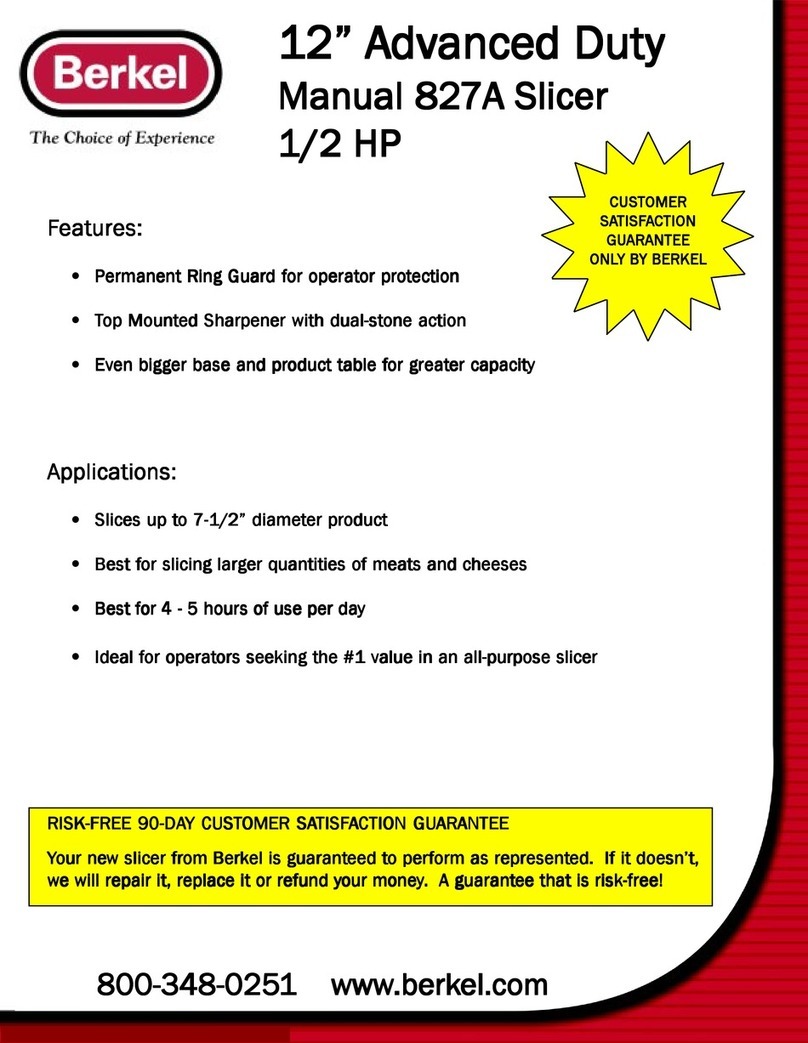
Berkel
Berkel 827A User manual

Berkel
Berkel 250 User manual
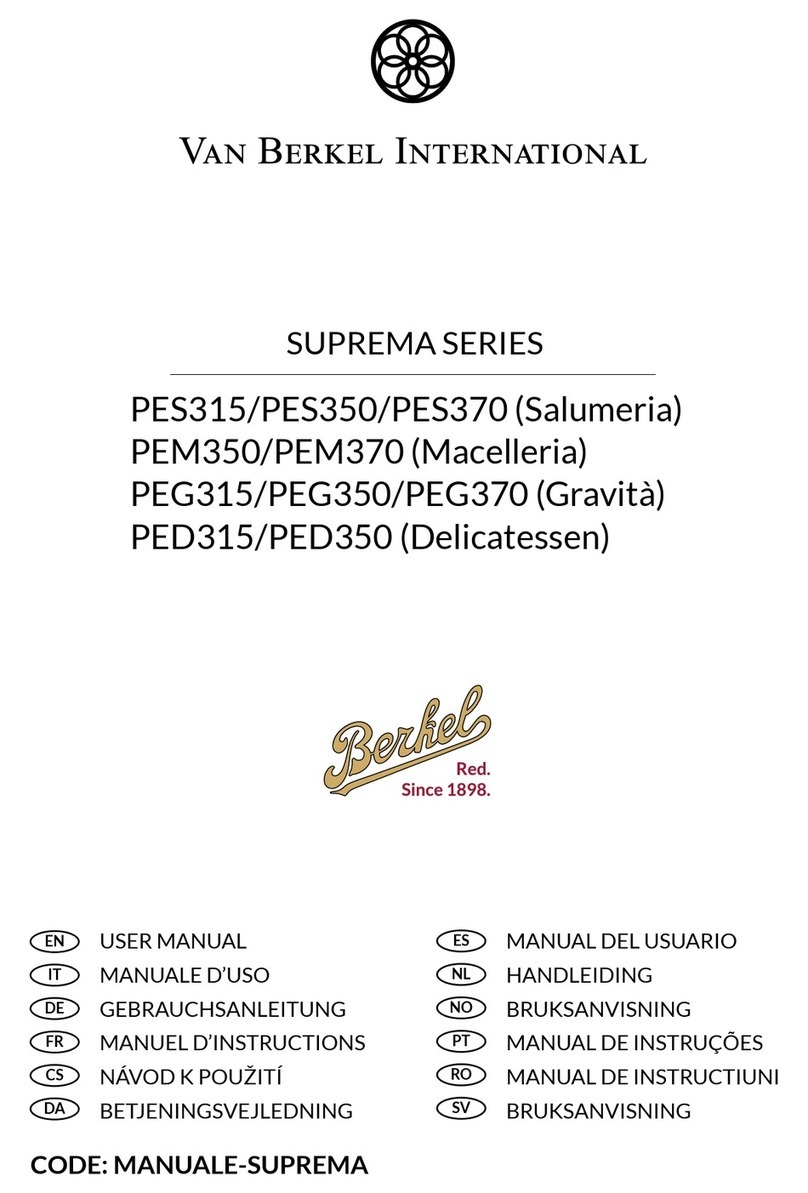
Berkel
Berkel PED350 User manual
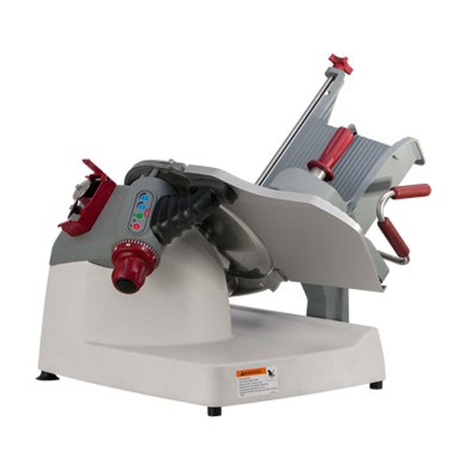
Berkel
Berkel X13-PLUS Owner's manual
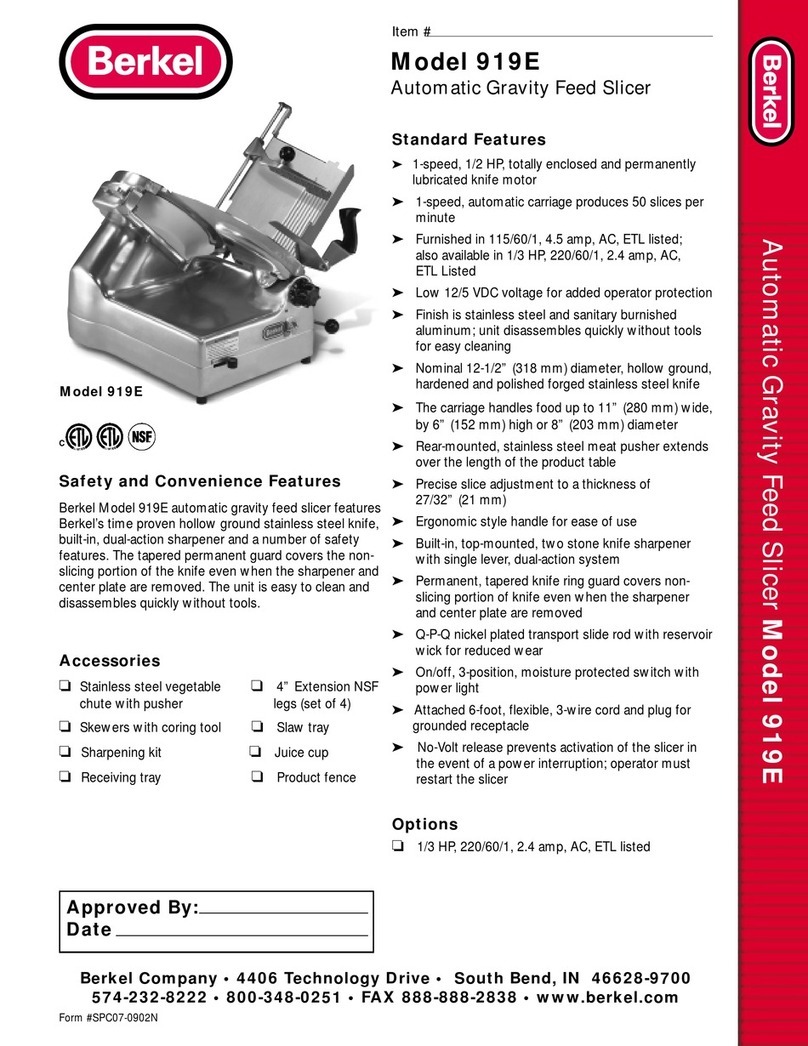
Berkel
Berkel 919E User manual
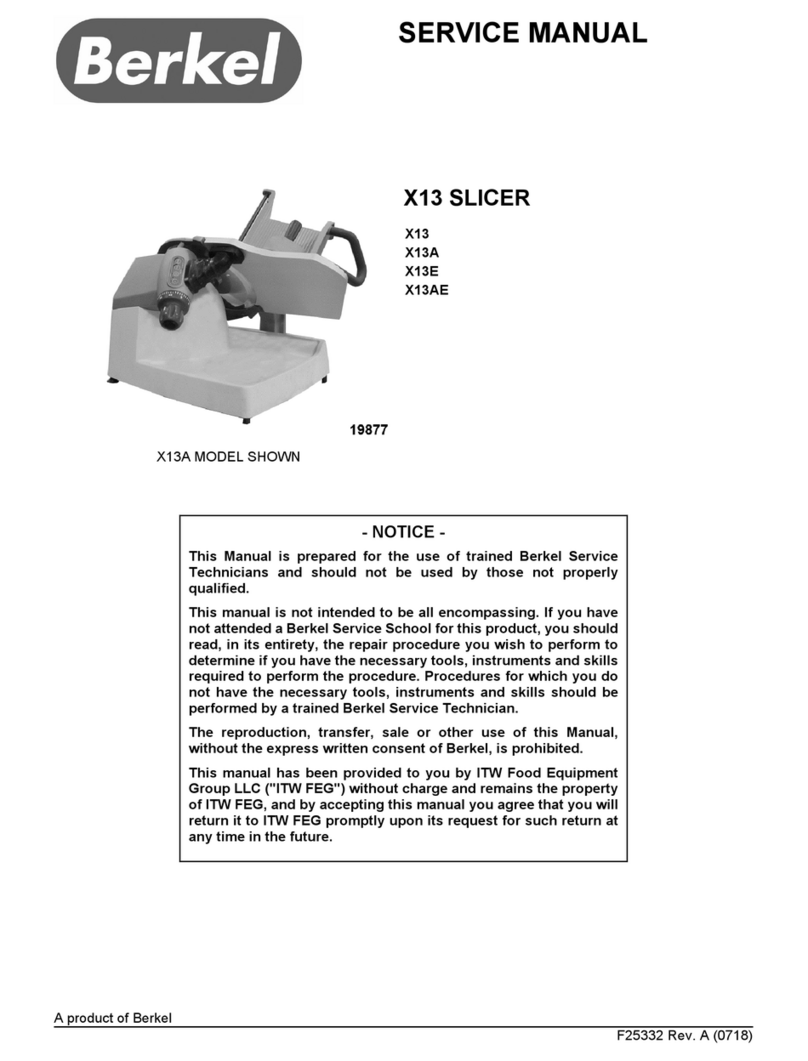
Berkel
Berkel X13 User manual
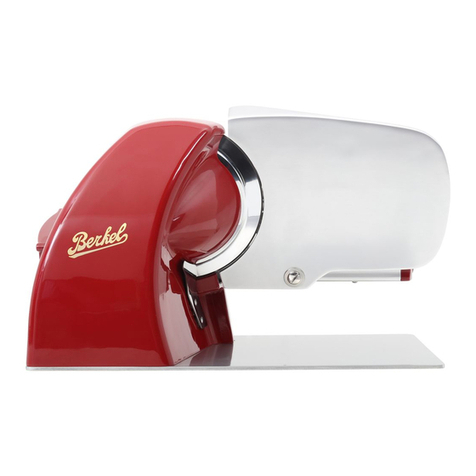
Berkel
Berkel HOME LINE Series User manual
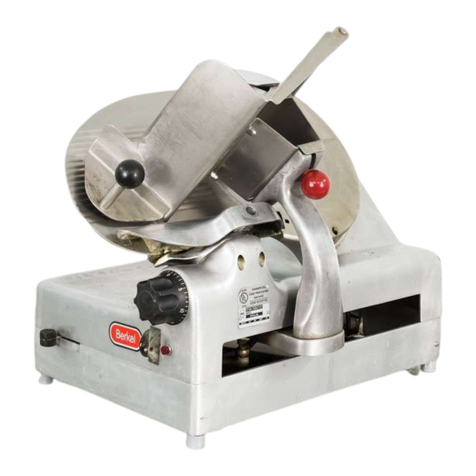
Berkel
Berkel 808 User manual
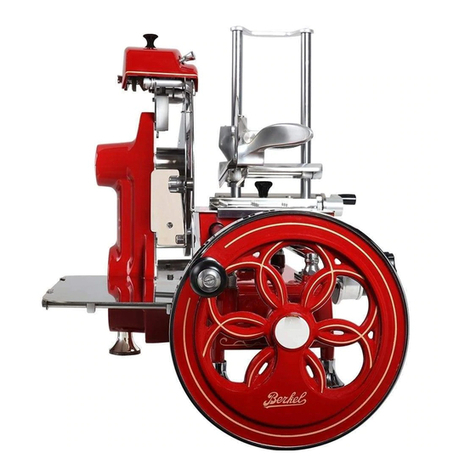
Berkel
Berkel VOLANO P15 User manual

Berkel
Berkel HOME LINE PLUS Series User manual
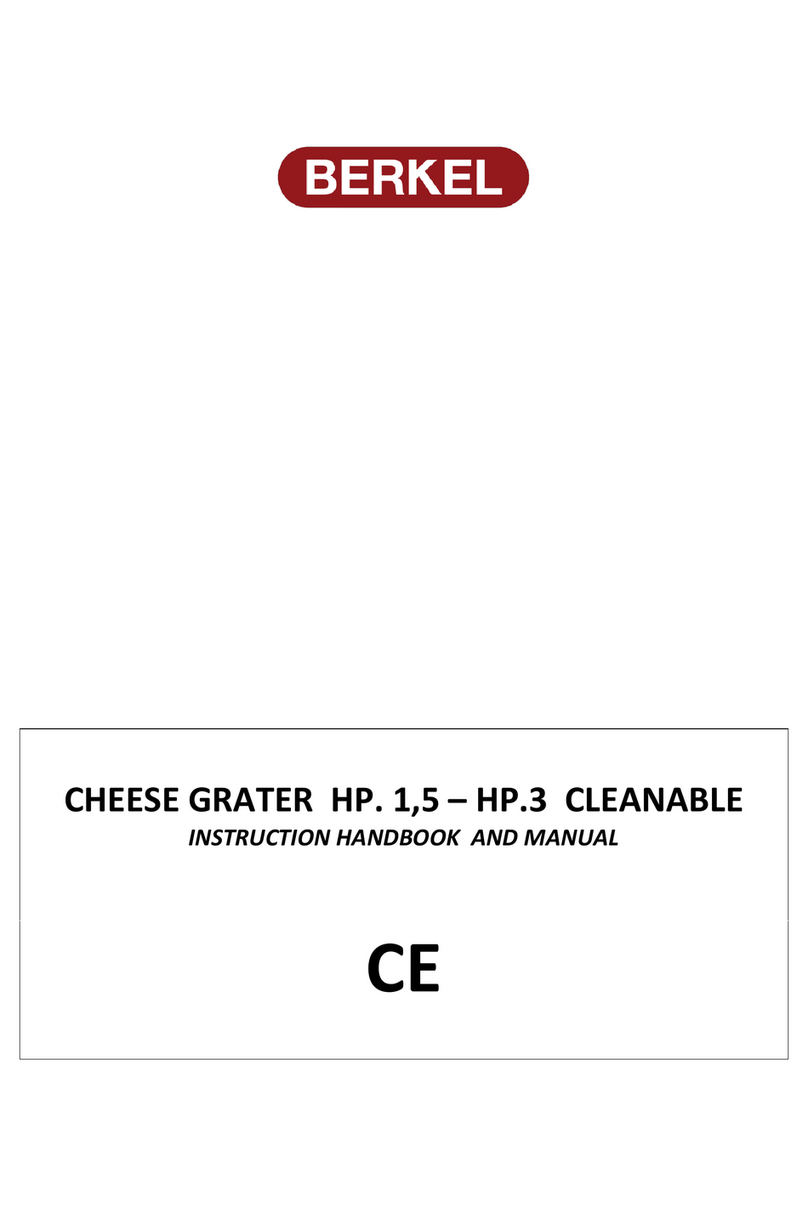
Berkel
Berkel HP.1,5 CLEANABLE manual
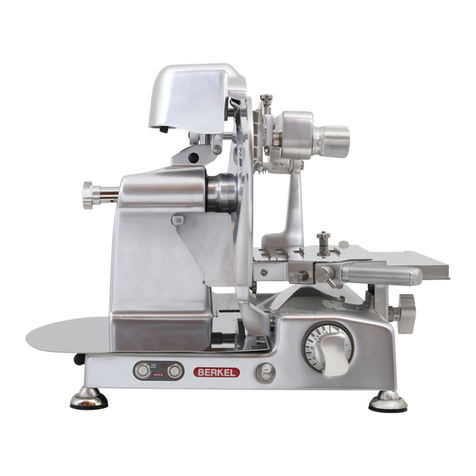
Berkel
Berkel Suprema Series User manual

Berkel
Berkel X13 Owner's manual
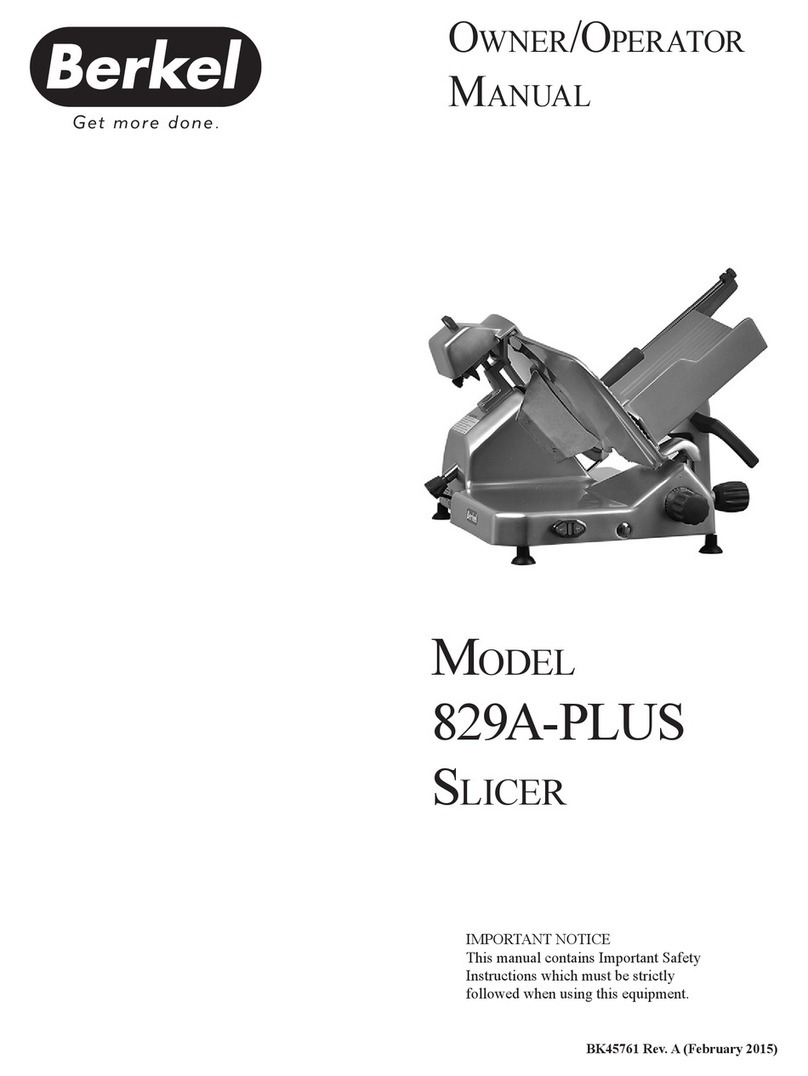
Berkel
Berkel 829A-PLUS Owner's manual
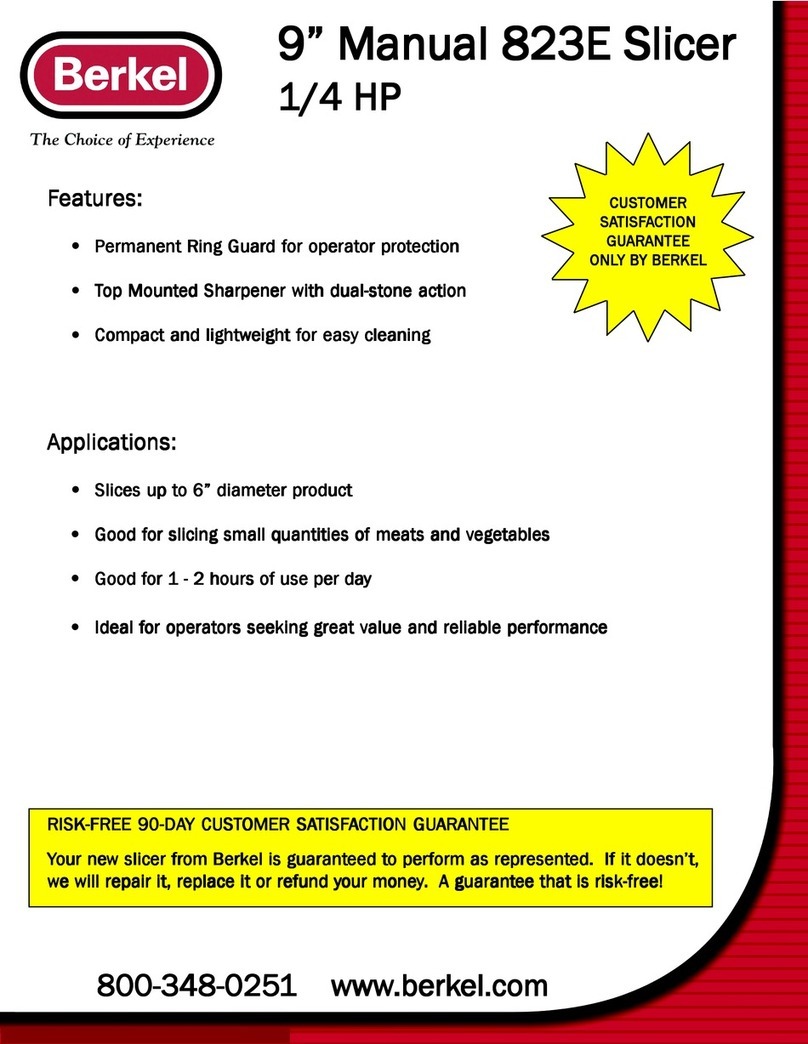
Berkel
Berkel 823E User manual

Berkel
Berkel 808 User manual
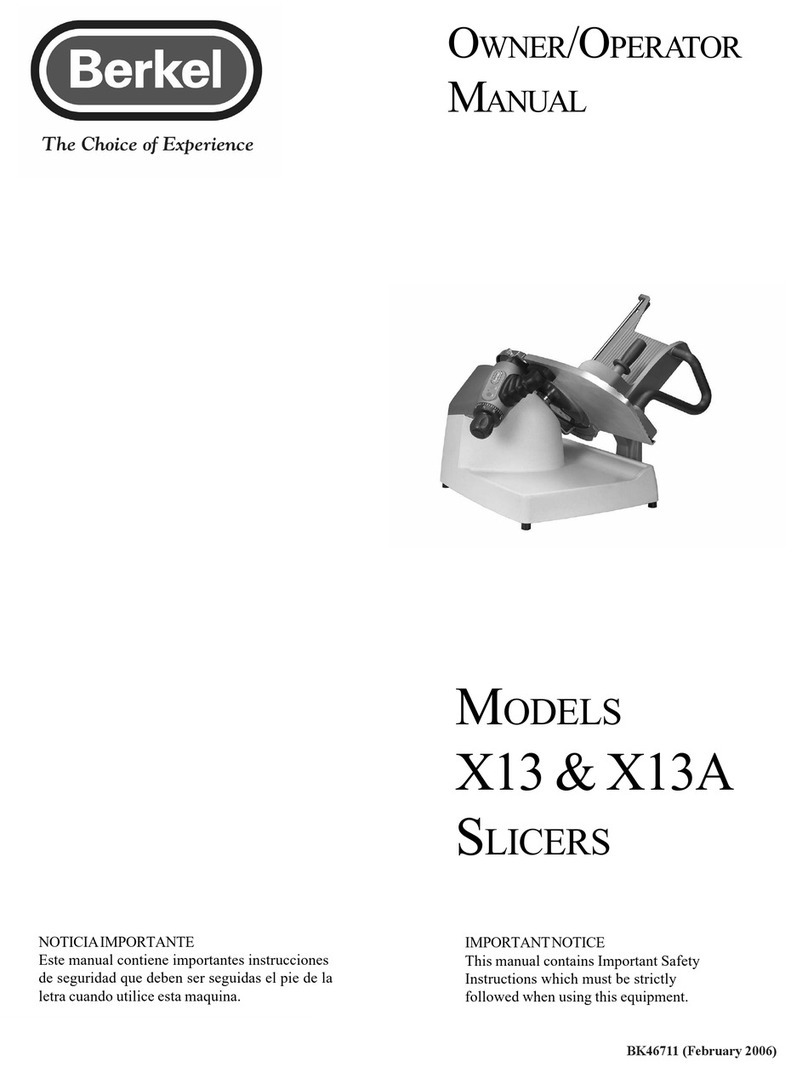
Berkel
Berkel X13 Owner's manual

Berkel
Berkel 180D User manual
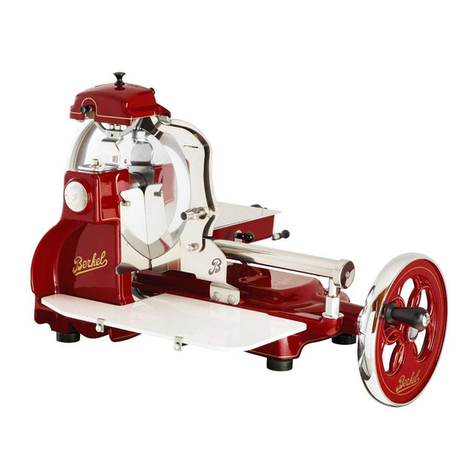
Berkel
Berkel VOLANO Series User manual
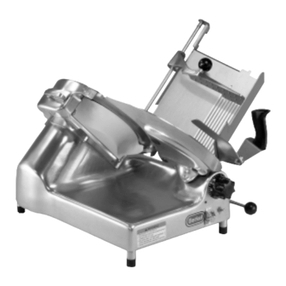
Berkel
Berkel 909A User manual
